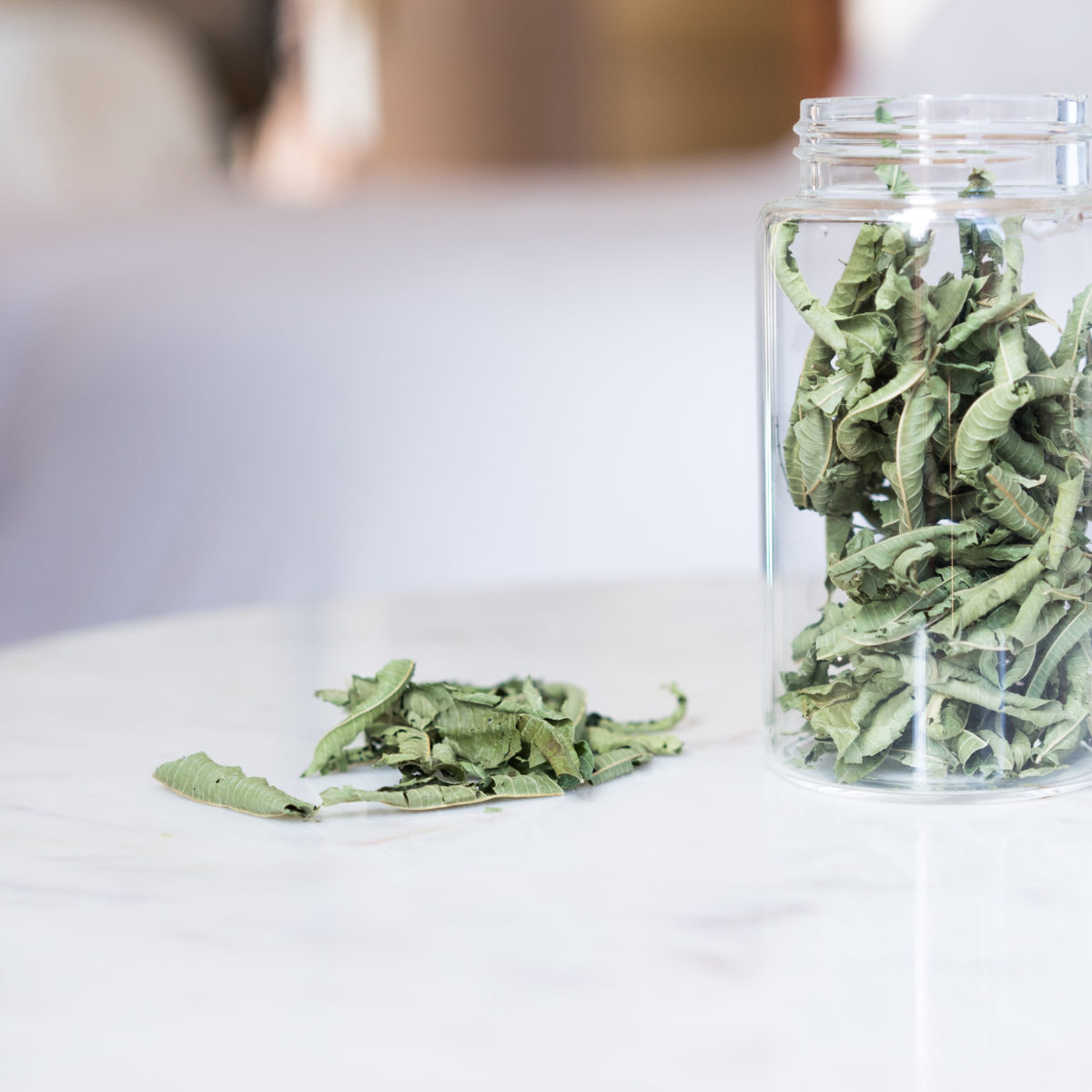
COMMON NAME (Chinese Name)
Lemon Verbena (Ning Meng Ma Bian Cao)
BOTANICAL NAME
Aloysia citrodora
USES
Anecdotal evidence of the potential medicinal uses of lemon verbena supplements focuses on its effects on muscles. Specifically, these supplements are said to help relieve muscle aches and speed healing from muscle-based injury (or recovery from exercise). These effects may explain the noted beneficial effects lemon verbena extracts have on the symptoms of multiple sclerosis, which is characterized by muscle pain, numbness, spasms, and degeneration. Moreover, these effects have largely been empirically verified in tests on human subjects, so it is safe to say that supplementation with lemon verbena may truly help prevent muscle damage, protecting against injury and micro-tearing during aerobic exercise and speed healing afterwards.
These same supplements also are traditionally used to relieve flatulence, diarrhea, rheumatism, and insomnia. However, these effects have received little empirical attention. Conversely, recent research has focused on and confirmed the presence of antioxidant and antimicrobial activities in lemon verbena extracts, as well as neuroprotective, anesthetic, and sedative properties. In Chinese medicine terms lemon verbena is categorized as an herb that calms the shen. It is classified as sour, cool, slightly moist, and bitter and it primarily affects the Liver and Heart meridians.
PREPARATION & ADMINISTRATION
Lemon verbena leaves and flowering tops are often used in hot-water decoctions to create highly palatable teas. People also often add lemon verbena plant parts and extracts to drinking water to improve flavor; the former action may have few medicinal benefits, though drinking even dilute forms of the extract may. For topical applications, dilute aqueous extracts are less likely to cause allergic reactions. Not to be confused with vervain or common verbena (Verbena officinalis), which is a different plant that is sometimes similarly named.
PRECAUTIONS
Significantly more research is needed to determine the safety and efficacy of the above-listed properties in human subjects. Acute toxicity at high doses has been observed in animal studies. Additionally, the maximum recommended concentration of lemon verbena oil for topical application is 0.9%, as anything higher has been associated with contact dermatitis. Anyone interested in using lemon verbena should consult with a physician, certified herbalist or other qualified healthcare professional.
REFERENCES
Bahramsoltani, Roodabeh, et al. “Aloysia Citrodora Paláu (Lemon Verbena): A Review of Phytochemistry and Pharmacology.” Journal of Ethnopharmacology, vol. 222, 2018, pp. 34–51., doi:10.1016/j.jep.2018.04.021.
Buchwald-Werner, Sybille, et al. “Effects of Lemon Verbena Extract (Recoverben®) Supplementation on Muscle Strength and Recovery after Exhaustive Exercise: a Randomized, Placebo-Controlled Trial.” Journal of the International Society of Sports Nutrition, vol. 15, no. 1, 2018, doi:10.1186/s12970-018-0208-0.
Buckle, Jane. “Essential Oil Toxicity and Contraindications.” Clinical Aromatherapy, 2015, pp. 73–94., doi:10.1016/b978-0-7020-5440-2.00004-8.
Funes, Lorena, et al. “Effect of Lemon Verbena Supplementation on Muscular Damage Markers, Proinflammatory Cytokines Release and Neutrophils’ Oxidative Stress in Chronic Exercise.” European Journal of Applied Physiology, vol. 111, no. 4, 2010, pp. 695–705., doi:10.1007/s00421-010-1684-3.
Mirzaie, et al. “Evaluation of Chemical Composition, Antioxidant, Antibacterial, Cytotoxic and Apoptotic Effects of Aloysia Citrodora Extract on Colon Cancer Cell Line.” Tehran University Medical Journal TUMS Publications, Tehran University Medical Journal TUMS Publications, 10 June 2016, tumj.tums.ac.ir/browse.php?a_id=7459&sid=1&slc_lang=en.
Srivastava, A., et al. “Phytomedicine.” New Look to Phytomedicine, 2019, pp. 625–655., doi:10.1016/b978-0-12-814619-4.00025-2.
Tisserand, Robert, and Rodney Young. “Essential Oil Profiles.” Essential Oil Safety, 2014, pp. 187–482., doi:10.1016/b978-0-443-06241-4.00013-8.

Comments (0)